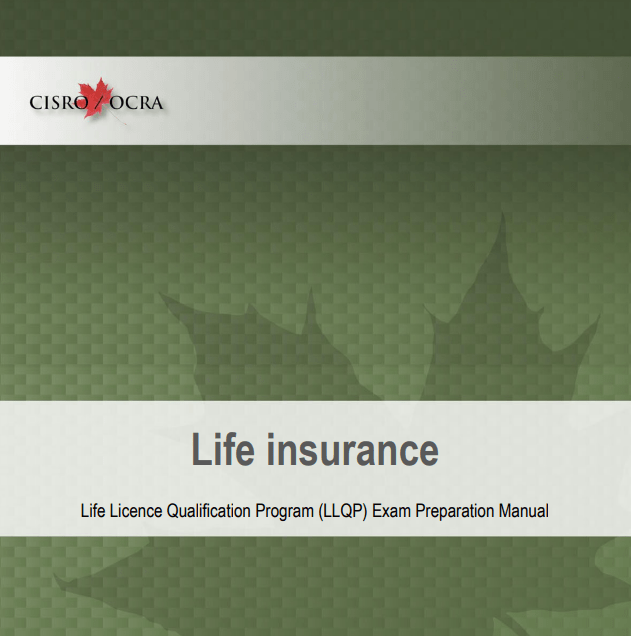
Registered funds and mortgage investments
Registered funds typically eligible for use in a mortgage investment are RRSPs, LIRAs, LIFs, RRIFs, RESPs and TFSAs. The benefits of using registered funds to invest is that the income generated will be tax sheltered.
Critics of registered investments will point out that once income is taken from the registered investment it becomes taxable at the then current income tax rate, which can be up to 49%. Non-registered investments that generate capital gains are taxed at half of the taxpayer’s tax rate.
Because of these differences it is important that the decision on the type of funds to use for investing in mortgages is an informed one. If you are not licensed to offer this professional advice the investor should be advised to get the appropriate advice before deciding on the funding source for his or her investment.
The following are brief descriptions of the types of registered funds that may be used in a mortgage investment. Keep in mind that these descriptions are designed to point out the characteristics of these funds and not meant to be professional descriptions. I strongly urge you not to give any advice on the use of registered or non-registered funds as this may be considered financial planning, and unless you’re licensed in this field you may not be qualified to give this type of advice (nor will you be covered under your E and O policy).
RRSP
A Registered Retirement Savings Plan (RRSP) is a type of Canadian account for holding savings and investment assets. RRSPs have various tax advantages compared to investing outside of tax-preferred accounts. Any income earned in the RRSP is usually exempt from tax as long as the funds remain in the plan; you generally have to pay tax when you receive payments from the plan[1]. You can use this type of registered fund for a mortgage investment.
Mortgage brokering in Ontario is regulated by the Financial Services Commission of Ontario (FSCO) and requires a license. To obtain a license you must first pass an accredited course. The Real Estate and Mortgage Institute of Canada Inc. (REMIC) is accredited by FSCO to provide the course. For more information please visit us at www.remic.ca/getlicensed or call us at 877-447-3642.
LIRA
A locked-in RRSP is a plan containing funds transferred from a registered pension plan (RPP) for a member of the RPP. Under the pension laws of certain provinces, locked-in RRSPs are sometimes called locked-in retirement accounts (LIRAs). This means that the member cannot receive the transferred funds. They either have to stay in the plan or be transferred to another locked-in RRSP to provide the member with a retirement income.
You cannot withdraw funds from a locked-in RRSP. The money has to stay in the RRSP and will be used to buy a life annuity at retirement age. LIRAs and locked-in RRIFs are taxed in the same manner as regular RRSPs and RRIFs[2]. You can use this type of registered fund to invest in a mortgage.
LIF
Under the pension laws of certain provinces, pension funds or funds from a locked-in RRSP can be transferred to a locked-in RRIF. These locked-in RRIFs are sometimes called life income funds (LIF)or locked-in retirement income funds. You can use this type of registered fund to invest in a mortgage.
RRIF
A registered retirement income fund (RRIF) is a tax-deferred retirement plan under Canadian tax law. Individuals use a RRIF to generate income from the savings accumulated under their registered retirement savings plan. You transfer cash to the provider of the RRIF from an RRSP, a pooled registered pension plan (PRPP), a registered pension plan (RPP), a specified pension plan (SPP), or from another RRIF, and the provider makes payments to you. You can use this type of registered fund for mortgage investing.
RESP
A registered education savings plan (RESP) is an investment vehicle used by parents to save for their children’s post-secondary education. It is a registered contract between an individual (the subscriber) and a person or organization (the promoter). The subscriber generally makes contributions to the RESP and earns income through investments made by the promoter. The principal advantages of RESPs are the access to the Canada Education Savings Grant (CESG) and a source of tax-deferred income. You can use this type of registered fund for mortgage investments.
TFSA
The Tax-Free Savings Account (TFSA) allows Canadians, age 18 and over, to set money aside tax-free throughout their lifetime. Each calendar year, you can contribute up to the TFSA dollar limit for the year, plus any unused TFSA contribution room from the previous year, and the amount you withdrew the year before.
The annual TFSA dollar limit for 2014 is $5,500. All income earned and withdrawals from a TFSA are generally tax-free. Plus, having a TFSA does not impact federal benefits and credits. It’s a great way to save for short and long-term goals[3]. You can use this type of registered fund to invest in a mortgage.
Registered plan providers that allow the use of registered funds for a mortgage investment
Using registered funds to invest in mortgages requires that the provider of the plan allow this type of investment. While CRA allows this, most institutions do not. Please check with institutions in your jurisdiction to find one that allows this type of investment.
[1] CRA, T4040 RRSPs and Other Registered Plans for Retirement, http://www.cra-arc.gc.ca/E/pub/tg/t4040/t4040-e.html#P125_5217
[2] Ibid
[3] CRA, The Tax-Free Savings Account, http://www.cra-arc.gc.ca/tx/ndvdls/tpcs/tfsa-celi/menu-eng.html











